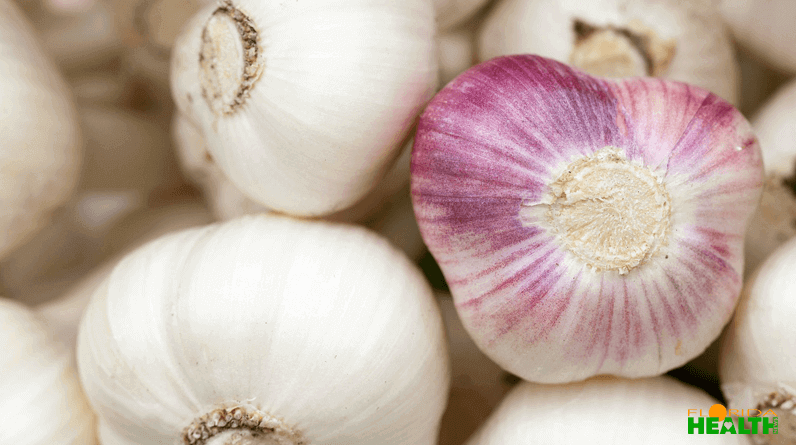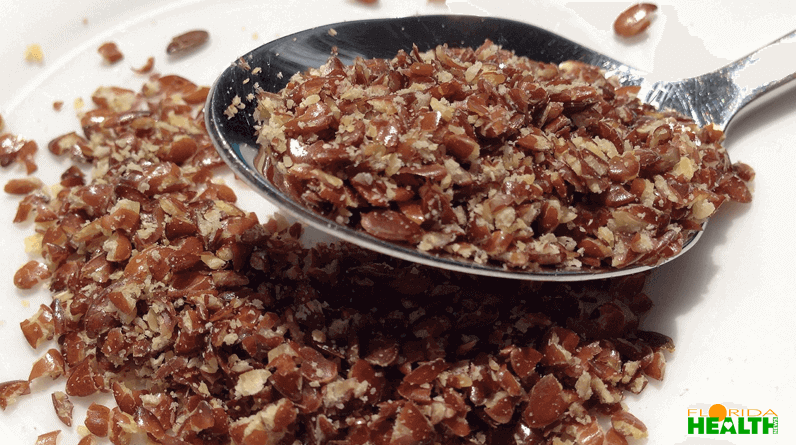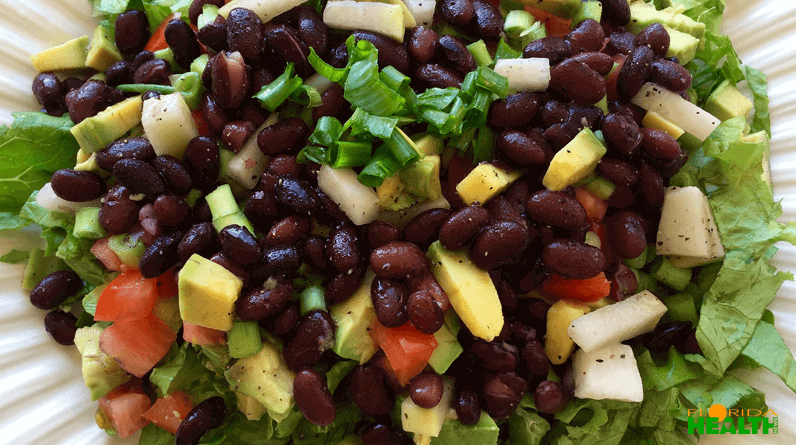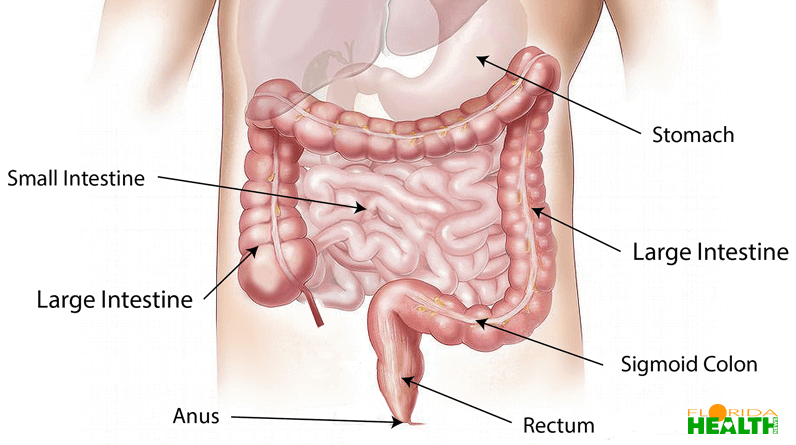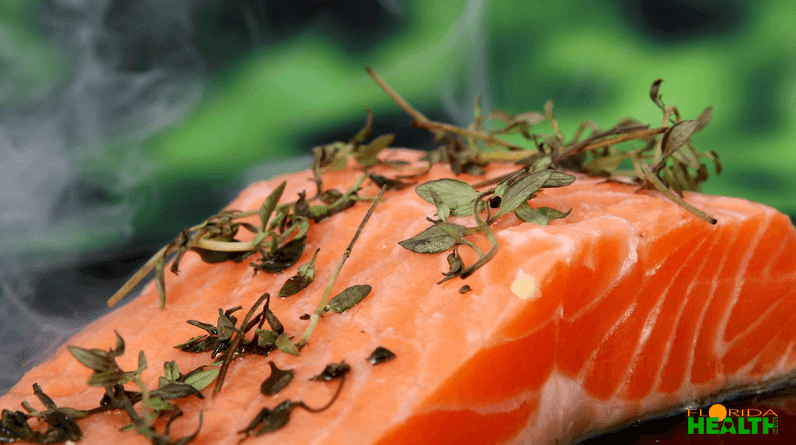
Omega 3 fatty acids are polyunsaturated fatty acids. The best known are alpha-linolenic acid (ALA) and the fish fatty acids eicosapentaenoic acid (EPA) and docosahexaenoic acid (DHA). Omega 3 fatty acids protect against cardiovascular diseases and are part of a healthy diet.
ALA is found in vegetable oils, especially in flaxseed oil. It is also found in meat and green leafy vegetables. EPA and DHA are mainly found in fish and shellfish.
Description
Omega 3 fatty acids are polyunsaturated fatty acids also known as n-3 fatty acids. The best-known omega-3 fatty acids are alpha-linolenic acid (ALA), eicosapentaenoic acid (EPA) and docosahexaenoic acid (DHA). ALA is a vegetable omega 3 fatty acid. EPA and DHA are mainly known as fish fatty acids.
Sources of omega 3 fatty acids
ALA is an essential fatty acid. This means that the body cannot make it itself and you have to get this fatty acid through the diet.
Flaxseed oil in particular contains a lot of ALA. ALA is also found in linseed oil, soybean oil, walnuts, and vegetable (dietary) margarine. ALA is found in small quantities in meat and green leafy vegetables. EPA and DHA are known as fish fatty acids but can also be obtained from other foods. Fish is the most important source.
- EPA and DHA are mainly found in fish and shellfish. Fatty fish species such as mackerel, salmon, herring, sardines, and trout are important sources. White (lean) fish also contains fish fatty acids, but less than the fatty fish species.
- There are fish oil capsules on the market with EPA and DHA.
- EPA or DHA is added to some foods, such as certain types of margarine.
- Eggs and some types of meat provide EPA and DHA. The levels can vary greatly and depend on the feed used.
- Fish cannot make EPA and DHA themselves, but extract them from algae. Nowadays EPA and DHA can also be obtained directly from algae. This is used in supplements, medicinal preparations, and for addition to food.
- The body makes its own EPA and DHA from ALA. This provides only a small amount of EPA and DHA.
Health effects
Cardiovascular diseases
Research shows that eating a portion of fish per week is associated with a lower risk of dying of heart disease. This is supported by research on supplements with fish fatty acids, which shows that an intake of 1 gram per day of EPA and DHA reduces the risk of mortality from heart disease by about 10% in people with (a high risk of) cardiovascular disease. Read more about risk assessment.
Blood pressure
Studies with supplements show that approximately 4 grams per day of EPA and DHA reduces systolic blood pressure ( upper pressure) by approximately 4.5 mm Hg in people with hypertension who do not take any medication.
Cholesterol
Despite the fact that the intake of DHA and EPA is good for the heart and blood vessels, evidence has been found that 2 grams of DHA per day increase LDL cholesterol by about 0.20 mmol/l. Too much LDL cholesterol is not good for the blood vessels. More research is needed to understand this mechanism and to assess its relevance.
Pregnancy and breastfeeding
Eating fish and the fish fatty acid docosahexaenoic acid (DHA) during pregnancy and breastfeeding is important for the development of the brain and retina of the child. These health effects apply to eating fish and not swallowing fish oil capsules.
ALA is necessary for the normal growth and development of children. When the mother eats healthily according to the Disk of Five, the child gets enough omega-3 fatty acids during pregnancy and breastfeeding.
Babies born prematurely do not produce enough omega-3 fatty acids themselves. That is why they are added to food for premature babies.
Behavioral disorders, depression, and dementia
Taking omega-3 fatty acids may help with poor learning behavior, depression, and dementia, but research results are contradictory. There is insufficient evidence that taking omega-3 fatty acids has positive effects on behavioral disorders such as hyperactivity (ADHD).
Rheumatism
There is insufficient evidence that the use of fish oil capsules helps with conditions such as rheumatism.
Cancer
There are indications that too much ALA increases the risk of prostate cancer. This would only be the case with a very high intake. Studies are contradictory. A high intake of EPA could slow or reduce weight loss due to the degradation of muscle and fat tissue in cancer patients. There is insufficient evidence for this.
Miscellaneous
DHA is necessary for normal brain function and vision.
Nutritional advice
The National Institute of Health recommends:
- Birth to 12 months* 0.5 g
- Children 1–3 years 0.7 g
- Children 4–8 years s0.9 g
- Boys 9–13 years 1.2 g
- Girls 9–13 years 1.0 g
- Teen boys 14–18 years 1.6 g
- Teen girls 14–18 years 1.1 g
- Men 1.6 g
- Women 1.1 g
- Pregnant teens and women 1.4 g
- Breastfeeding teens and women 1.3 g
*As total omega-3s. All other values are for ALA alone.
Alternative to fish: fish oil (capsules)
For people who don’t want to or can’t eat fish, products enriched with fish oil or fish oil capsules are an alternative. Fish extract the omega 3 fatty acids from the algae they eat. Omega 3 can therefore also be extracted directly from algae. There are supplements with omega 3 fatty acids from algae, but they are relatively expensive.
Fish oil capsules are rich in the fish fatty acids EPA and DHA. There are strong indications that the health effect of fish can be attributed to fatty acids. But perhaps there are more substances in fish that provide a beneficial effect. Eating fish is, therefore, better than swallowing fish oil capsules.
Advice for people with blood thinners
There are indications that from a few grams of DHA and/or EPA per day, blood coagulation is slower. People who use blood thinners are advised to consult a doctor when using more than 1 gram per day.
Sustainability aspects
Fish for fish oil may have been caught specifically for this purpose (think also of whale hunting), it may be by-catches or waste from fish processing. A sustainable solution is to use the remains of, for example, salmon for salmon fillet. Read more about the sustainability aspects of fish.
Resources:
https://www.voedingscentrum.nl/encyclopedie/omega-3.aspx
https://www.voedingscentrum.nl/nl/service/vraag-en-antwoord/aandoeningen/wat-houdt-een-risico-op-ziekten-in-.aspx
https://www.heart.org/en/health-topics/high-blood-pressure/understanding-blood-pressure-readings
https://ods.od.nih.gov/factsheets/Omega3FattyAcids-Consumer/
https://ods.od.nih.gov/factsheets/Omega3FattyAcids-HealthProfessional/

Carl Riedel is an esteemed online researcher and writer, specializing in the intersection of technology and wellness. As a member of the International Association of Therapists, Carl brings a unique perspective to his work, skillfully integrating insights from therapy and digital trends. His articles help readers navigate the complexities of the digital age with an emphasis on promoting mental and emotional well-being.



